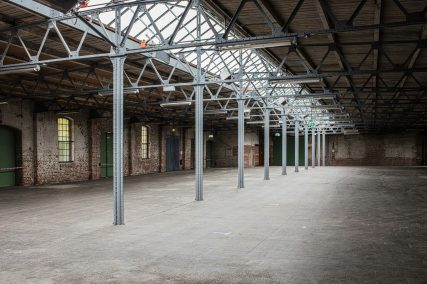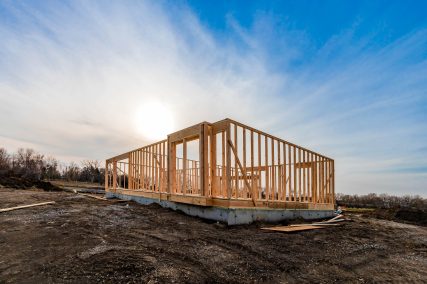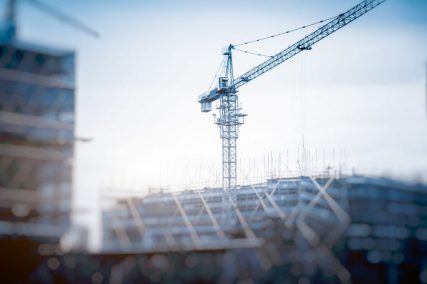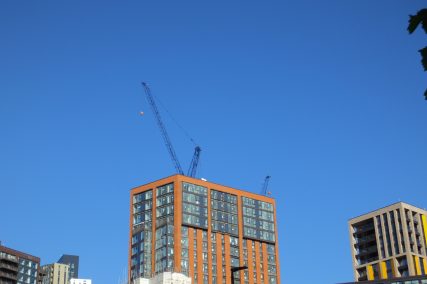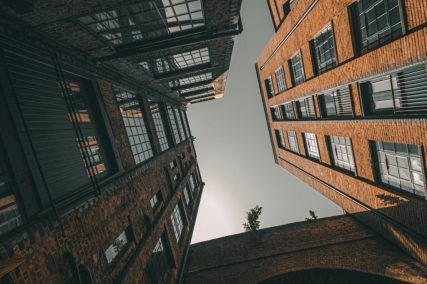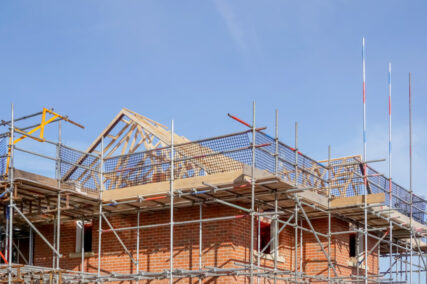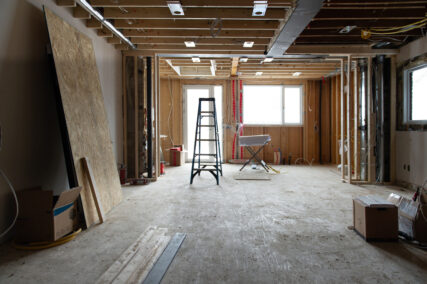How does property development work?
Property development typically involves a series of steps that include the following:
- Site Selection: Developers typically identify a suitable site for their project. They may consider factors such as location, accessibility, availability of infrastructure, and market demand.
- Feasibility Study: The developer conducts a feasibility study to assess the viability of the project. The study looks at factors such as the potential costs, profits, and risks associated with the development. The feasibility study helps the developer determine whether the project is financially and technically feasible.
- Design and Planning: Once the feasibility study is complete, the developer works with architects and other professionals to design the building and prepare necessary plans and permissions. The design and planning phase also includes obtaining the necessary approvals from local authorities.
- Financing: Developers typically secure financing for the project. This may include loans from banks, private investors, or other sources of funding.
- Construction: Once financing is secured, the construction process begins. The developer oversees the construction process, which may involve working with contractors, engineers, and other professionals.
- Marketing and Sales: Once construction is complete, the developer markets and sells the property. This may involve working with real estate agents and marketing the property through various channels, such as online listings, print ads, and open houses.
Throughout the property development process, the developer must manage a range of risks, including market fluctuations, construction delays, and regulatory changes. Successful property developers must have a deep understanding of real estate markets, construction techniques, and financial management. They must also be able to navigate the complex legal and regulatory landscape associated with property development.

